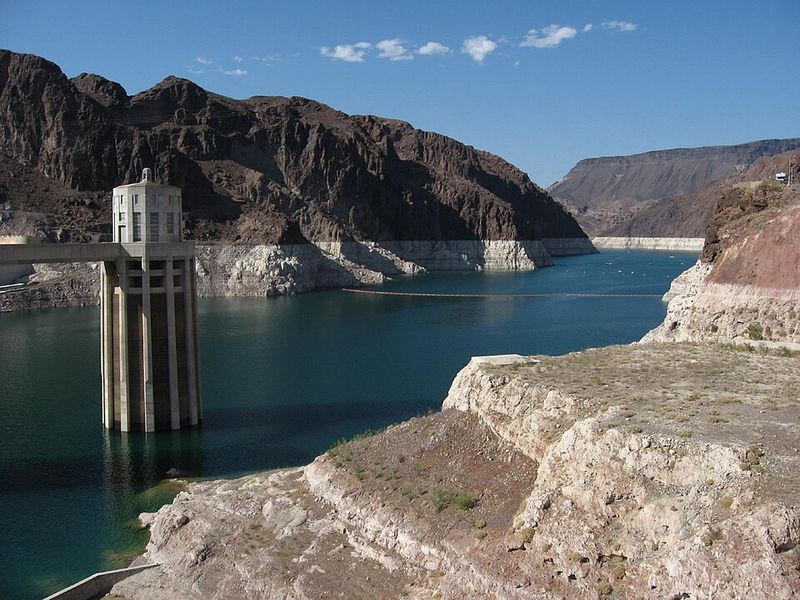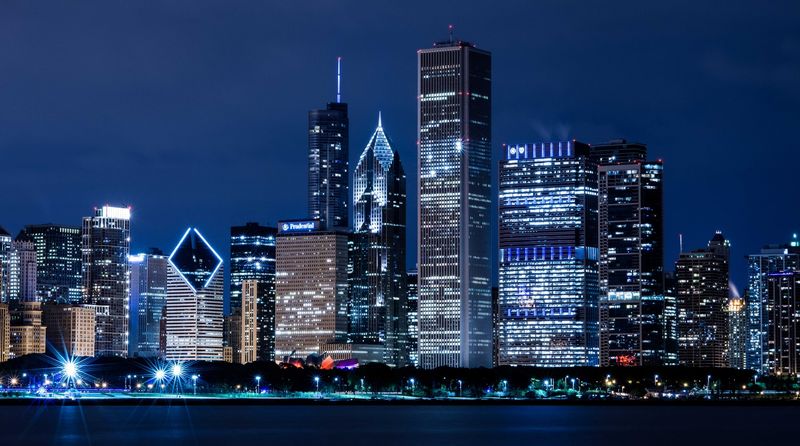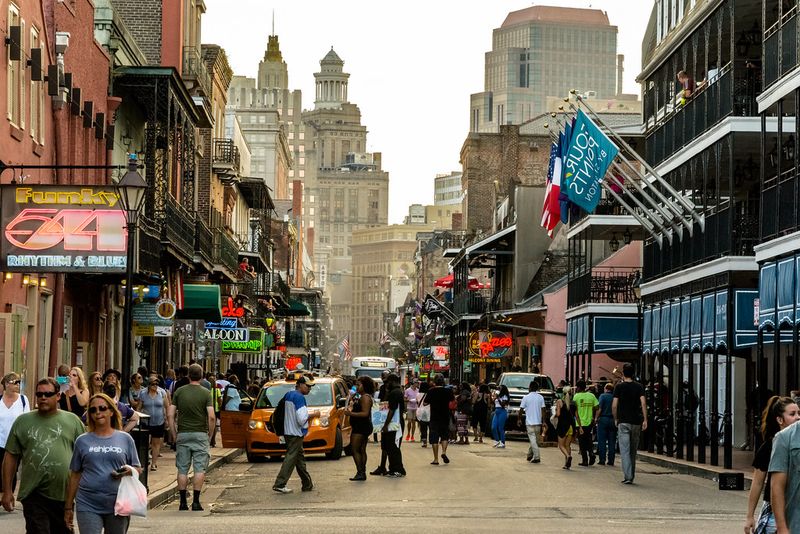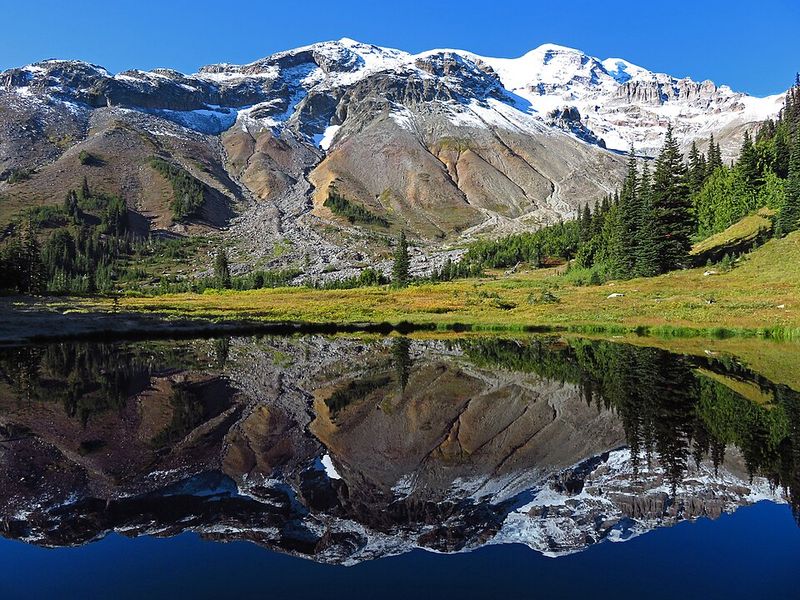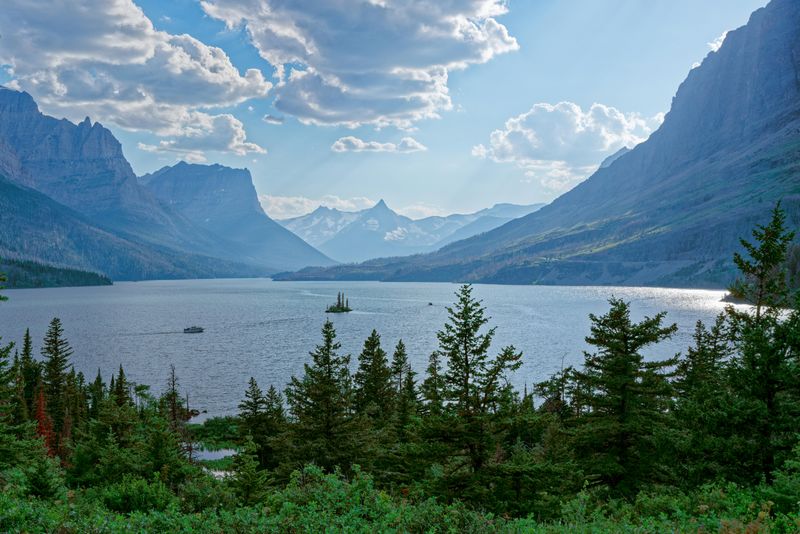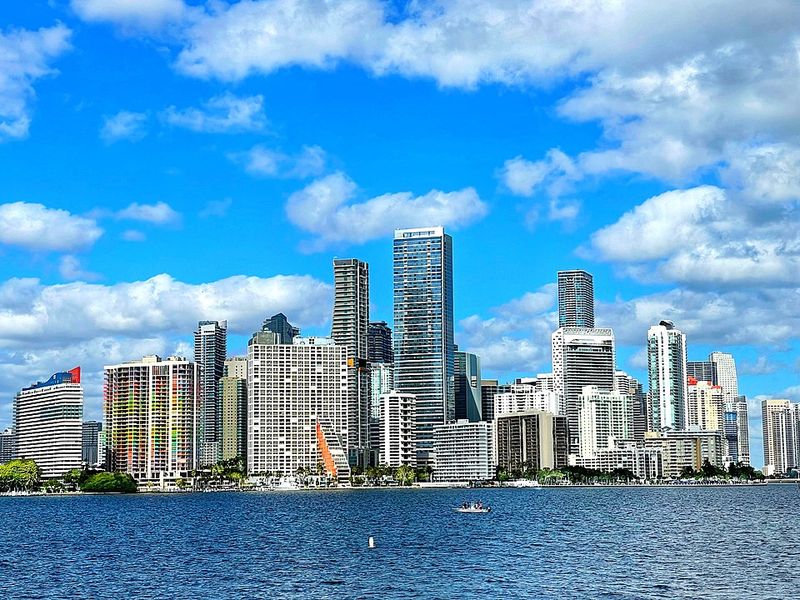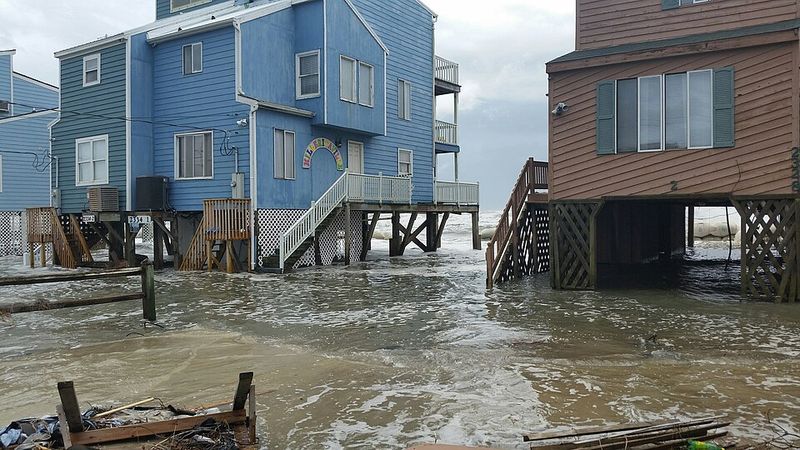America’s wild beauty and iconic cities can hide serious hazards for the unprepared. From searing deserts to steep granite cliffs and bustling urban centers, each place on this list demands respect and planning. Before you book that flight or shoulder your pack, learn the real risks and how to mitigate them. Read on to discover the red flags, smart precautions, and safety tips that keep adventures unforgettable for the right reasons.
1. Death Valley National Park – California & Nevada
Death Valley punishes the unprepared with relentless heat that regularly surpasses 120 degrees. Hikers dehydrate quickly, and vehicles often overheat on remote roads with limited cell service. Trails offer little shade, and mistaken timing can turn a short stroll into a medical emergency. Plan dawn adventures, carry more water than you think necessary, and know bailout routes. Never rely solely on car air conditioning to survive. Rangers frequently issue heat advisories. Stick to paved roads in summer and monitor fuel carefully. Respect the heat and schedule indoor or high-elevation breaks during peak afternoon hours.
2. Lake Mead National Recreation Area – Nevada & Arizona
Lake Mead seduces with blue water but hides strong currents, deep drop-offs, and sudden wind gusts. Every season sees drownings, often tied to alcohol, no life jackets, or misjudged swimming ability. Heat amplifies dehydration and cramps, increasing risk in remote coves. Boaters must monitor weather, carry proper flotation, and avoid cliff jumping. Swimmers should stay close to shore and never underestimate fatigue. Launch areas can be chaotic, so remain alert to propellers. Hydrate aggressively, shade up, and respect park closures. If you are not a confident swimmer, stick to supervised beaches and wear a life jacket.
3. Yosemite National Park – California
Yosemite’s waterfalls and granite domes draw massive crowds, but slick rock near drop-offs creates deadly scenarios. Vernal Fall, Nevada Fall, and Taft Point attract selfie-seekers who underestimate footing and water force. One slip can be catastrophic. Obey barriers, keep distance from edges, and never step into swift water. Trails can be crowded, amplifying pressure to push past safety zones for the perfect photo. Wear grippy footwear and pause well back for pictures. Afternoon thunderstorms can make surfaces treacherous. Start early, watch for fatigue, and remember that the view is not worth risking your life.
4. Hawaii Volcanoes National Park – Big Island, Hawaii
Hawaii Volcanoes offers mesmerizing lava flows, but danger lurks in toxic gases, unstable crusts, and sudden bench collapses at ocean entries. Volcanic emissions can cause respiratory distress, especially for those with asthma. Fresh lava fields hide voids and razor-sharp surfaces that shred footwear. Trails may reroute quickly during eruptions, so heed park alerts. Keep extreme distance from ocean entries; new land can crumble without warning. Bring a respirator if sensitive to sulfur dioxide, and always carry headlamps for twilight returns. Respect closures, wear sturdy boots, and follow official viewpoints. The volcano sets the rules here.
5. Chicago – Illinois
Chicago delivers top-tier museums and food, yet crime risk varies widely by neighborhood. Visitors often thrive downtown, in the Loop, and along the Magnificent Mile, but should research areas to avoid. Stick to well-lit streets, use rideshares late at night, and keep valuables concealed. Beware distraction scams, especially around transit hubs. During festivals, crowds draw pickpockets, so use anti-theft bags. Check recent neighborhood crime maps before booking lodging. If driving, avoid leaving items in cars. Respect local advice, stay situationally aware, and plan routes in advance to reduce exposure to higher-risk zones.
6. New Orleans – Louisiana
New Orleans captivates with music, cuisine, and nightlife, but crime can spike in and around entertainment corridors. During Mardi Gras and other festivals, pickpockets and opportunistic theft increase. Stay in well-lit areas, avoid walking alone late at night, and keep cash minimal. Secure your phone and wallet in zipped pockets or anti-theft bags. Alcohol lowers vigilance, so designate a sober navigator. Research neighborhoods before wandering off Bourbon Street. Ride-hailing is safer after dark than long walks. Keep hotel doors locked and verify tour operators. With smart precautions, you can enjoy the culture without unnecessary risk.
7. Grand Canyon National Park – Arizona
The Grand Canyon’s scale deceives, and many underestimate the effort required to hike down and back. Heat exposure, especially on inner canyon trails, leads to exhaustion and dangerous dehydration. Annual rescues number in the hundreds. Avoid attempting rim-to-river-and-back in one day unless highly conditioned. Start before dawn, carry electrolyte-rich fluids, and know turnaround times. Stay back from cliff edges when taking photos. Summer storms can trigger lightning and sudden cold. Respect your limits, use proper footwear, and communicate plans. Mule and shuttle options offer safer alternatives for those unsure of their fitness.
8. Mount Rainier National Park – Washington
Mount Rainier towers with glaciated slopes that conceal crevasses, unstable snow bridges, and avalanche terrain. Weather shifts quickly from sunny to whiteout, disorienting even experienced climbers. Volcanic risks exist, but the immediate hazards are falls, icefall, and hypothermia. Guided climbs, proper glacier gear, and crevasse rescue training are essential. Day hikers should check avalanche forecasts, carry layers, and know turnaround times. Streams swell rapidly during warm days. Navigation tools and radios increase safety on complex routes. Register itineraries, heed ranger advice, and do not underestimate early season snow on popular trails.
9. Glacier National Park – Montana
Glacier’s beauty comes with grizzly territory, sudden storms, and long distances between help. Hike in groups, make noise, and carry accessible bear spray. Trails can hold lingering snow that conceals runouts and cornices. Afternoon thunderstorms bring lightning and temperature drops. Cell coverage is sparse, demanding self-reliance and extra food. River crossings can be swift and cold. Store food properly to avoid habituating wildlife. Know your exit points, and monitor trail status daily. Preparation and humility are the best defenses in this rugged backcountry, where rescue may take hours.
10. The Appalachian Trail – Eastern U.S.
The Appalachian Trail spans 2,190 miles through varied terrain and weather. Hikers face black bears, dehydration, and hypothermia from cold rains even in summer. Crime is rare but not unheard of, so avoid camping alone near road crossings. Filter all water and carry a reliable communication device. Lightning on exposed balds can be severe; plan to drop below treeline during storms. Leave detailed itineraries with contacts. Respect shelter etiquette and trust your instincts about campsites. Seasonal heat waves also challenge endurance. Preparedness and flexibility are key for a safe thru-hike or section trek.
11. Detroit – Michigan
Detroit’s resurgence is visible downtown and in Midtown, but certain neighborhoods still report high violent crime rates. Visitors should research lodging areas, avoid deserted streets at night, and keep valuables out of sight. Use secure parking and never leave items in vehicles. Stick to well-trafficked corridors and vetted venues. Ride-hailing after dark is safer than walking long distances. Check recent crime maps to understand local patterns. Be cautious at gas stations and ATMs. With planning, you can enjoy arts, architecture, and dining while minimizing risk through situational awareness and prudent transit choices.
12. Alaskan Wilderness – Alaska
Alaska’s wilderness is stunning and unforgiving. More injuries involve moose than bears, especially during calving season when cows charge. Hypothermia threatens year-round due to cold water and sudden storms. Distances are vast, and rescue can take a long time. Carry satellite communication, bear spray, and proper layers. Learn river fording techniques and avoid fatigue-driven mistakes. Food storage is critical to deter wildlife. Navigation requires map, compass, and GPS redundancy. It is essential to build conservative turnaround times and respect rapidly changing conditions that can overwhelm even accomplished backcountry travelers.
13. Miami – Florida
Miami dazzles with beaches and nightlife but carries distinct coastal and urban risks. Rip currents can sweep swimmers offshore; learn how to swim parallel to escape. Hurricane season demands contingency plans, from flexible flights to evacuation readiness. Some neighborhoods have elevated crime, so research lodging areas and avoid flashy displays of wealth. Hydration is crucial in humid heat. Use only licensed watercraft rentals and respect marine warnings. Late-night clubbing can attract pickpockets. Keep photocopies of IDs and use hotel safes. Monitor local advisories to enjoy the city safely.
14. Phoenix Hiking Trails – Arizona
Phoenix trails look close to town, yet desert heat turns them dangerous quickly. Camelback and Echo Canyon rescues spike when hikers start late or underestimate steepness. Carry ample water and electrolytes, wear breathable sun protection, and start before sunrise in summer. Turn back if you feel dizzy or stop sweating. Trails lack shade, and rock reflects heat. Hiking boots with traction reduce slip injuries on scrambles. Know exact trail mileage and elevation gain. Let someone track your route and ETA. Heat illness escalates fast; err on the side of caution.
15. Lake Tahoe – California & Nevada
Lake Tahoe’s clarity conceals chilling water temperatures that trigger cold shock and quick incapacitation. Strong winds can whip up waves, stranding paddlers far from shore. Altitude increases dehydration and fatigue, while winter storms bring whiteouts and avalanche hazards. Wear life jackets, dress for immersion, and check marine forecasts. Avoid alcohol before boating or swimming. In winter, carry chains and monitor storm warnings. Altitude sickness can hit even fit travelers, so acclimatize and hydrate. Keep emergency gear in vehicles, and respect no-diving signs at rocky shores to prevent head and spinal injuries.
16. Denver & the Colorado Rockies – Colorado
Denver’s elevation begins the climb, and the Rockies push it higher, increasing risk of acute mountain sickness. Symptoms include headache, nausea, and fatigue; the cure is rest and descent. Afternoon lightning is a major hazard on exposed peaks. Start early to summit by noon, then retreat below treeline. Hydrate, pace yourself, and avoid alcohol on arrival. Pack layers for fast-changing weather and hail. Know bailout routes, and respect trailhead storm advisories. If tingling or hair-raising occurs, spread out and crouch low. Altitude demands caution, even for seasoned hikers.
17. Outer Banks – North Carolina
The Outer Banks lure with pristine beaches and open water, but strong rip currents are a leading danger. Learn to swim parallel to shore and watch for warning flags. Hurricane season can rapidly alter conditions and access roads. Sharks are present, so avoid dawn and dusk swims and never enter water near fishing piers. Wear flotation when paddling and check tide charts. Sandbars shift, creating unexpected drop-offs. Keep vehicles off flooded roads. Respect lifeguard instructions and plan alternate activities when surf advisories rise. Prepared awareness transforms risk into manageable adventure.


